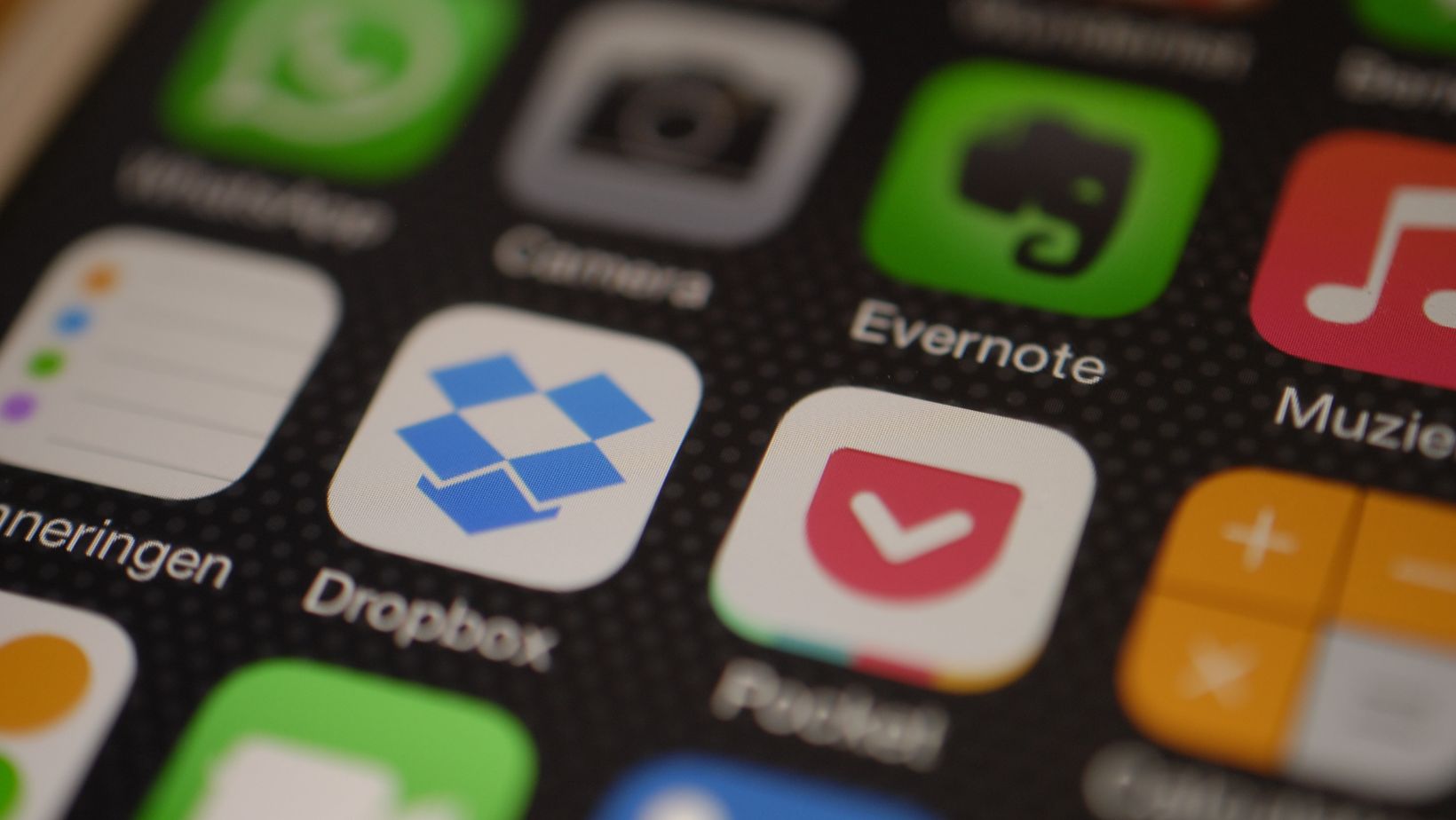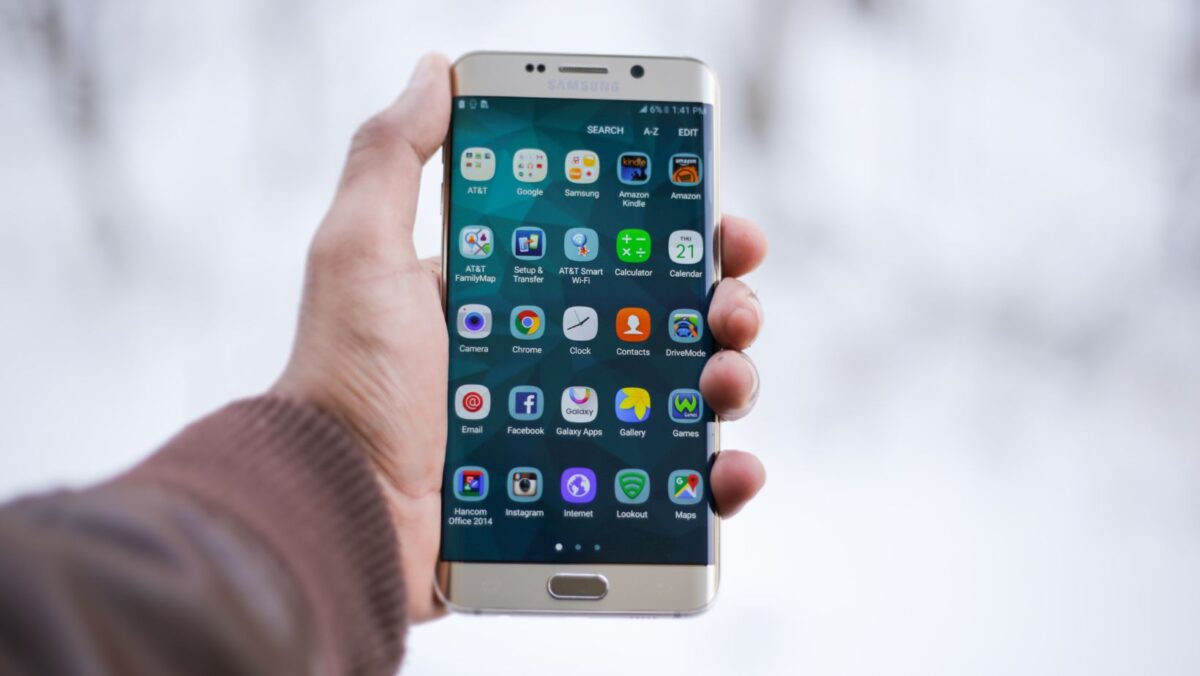California has long been known as a center for innovation, and mobile apps are revolutionizing how its residents unwind, socialize, and explore hobbies. From gaming and fitness apps to streaming and virtual events, smartphones have become integral in leisure activities ranging from gaming and fitness regimens to streaming virtual events – this shift altering routines, social interactions, and local economies alike. We explore the ways mobile apps are impacting leisure habits across California below.
Rise of On-Demand Entertainment
Mobile apps have made entertainment more accessible than ever, enabling Californians to enjoy games, movies, and music streaming platforms like Netflix or Spotify, as well as gaming hubs to enjoy games during commutes or lunch breaks. Binge watching shows, discovering new music through algorithm-based playlists, or simply playing casual mobile games such as Candy Crush Saga or competitive ones like Call of Duty Mobile has become part of the daily routine for many Californians.
Entertainment on demand has dramatically transformed social dynamics. Instead of gathering around a TV screen to enjoy content together, friends now share recommendations through apps or watch shows remotely via screen-sharing features or compete in multiplayer mobile games. Platforms such as Discord and Twitch have transformed passive viewing into engaging real-time experiences where viewers chat while streaming live, but this shift has led to fragmented leisure time where more content may be consumed, but often by individuals alone rather than in shared physical spaces.
Fitness and Wellness Go Digital
Californians looking for wellness apps are increasingly turning to them for workouts, meditation, and nutrition tracking. Mobile fitness platforms offer guided sessions ranging from yoga to high-intensity training, eliminating the need for gym memberships or in-person classes. During the pandemic, this trend accelerated dramatically, with many users continuing their digital fitness regimen even as gyms reopened their doors. Key trends include:

- Home Workouts: Apps like Nike Training Club and Peloton provide studio-quality workouts at home with features like live classes and progress tracking.
- Mental Wellness: Meditation apps like Headspace and Calm offer stress relief without needing a therapist, offering sleep stories, breathing exercises, and mindfulness courses.
- Outdoor Activities: AllTrails and Strava provide hiking and cycling enthusiasts with local trail maps that enable more exploration while tracking performance metrics.
Digital solutions save both time and money, but they may limit face-to-face interactions found at traditional gyms or fitness groups. While some users enjoy working out whenever it suits them best, others miss the motivation of group classes or the social aspect of gym culture. Some fitness studios now combine digital with in-person offerings by streaming classes if users cannot attend in real life.
Socializing in the Digital Age
California casino apps have revolutionized how Californians connect and meet new people. Dating platforms like Tinder and Bumble dominate the social scene while Meetup provides users with events based on shared interests. Even traditional socializing, such as game nights or book clubs has moved onto apps such as Discord or Zoom for game nights or book clubs. Text messaging and social media interactions frequently replace phone calls; group chats serve as virtual hangout spaces.
While apps make meeting people easier, some users report becoming disenchanted with endless swiping or superficial interactions. A 2023 study conducted among Californians aged 18-34 revealed that 4 out of every 5 feel that digital socialization lacks depth compared to in-person interactions; many are taking to adopting hybrid practices-using apps only as tools but prioritizing face-to-face time once plans have been set in motion. Niche apps such as hiking clubs, language exchange, or professional networking provide users with deeper connections.
Impact on Local Businesses and Tourism
Mobile apps play an outsized role in how Californians spend their leisure dollars. Restaurant reservation apps like OpenTable facilitate dining plans, while travel platforms such as Airbnb and Yelp facilitate weekend getaways and local exploration. Small businesses increasingly rely on app visibility to attract customers, creating a digital-first leisure economy, with businesses such as cafes with high Yelp ratings or Instagrammable aesthetics seeing greater foot traffic than those without online profiles.
Tourism has also changed, as visitors increasingly turn to apps for booking experiences, exploring cities, and uncovering hidden gems – replacing traditional tour guides with real-time recommendations from Google Maps and Tripadvisor as well as event discovery platforms like Eventbrite, which showcase concerts, workshops, and pop-up markets locally. But this shift comes with downsides- some small businesses struggle with keeping up with digital demands while overtourism at popular app-recommended spots can strain local communities; cities such as San Francisco and Los Angeles are now exploring strategies for promoting lesser known attractions through digital campaigns to distribute traffic more evenly among venues and attractions that may generate less visitor traffic – to help balance out overtourism within communities more evenly among attractions which should help better distribute traffic more evenly among locations.
Future of Leisure in a Mobile-First World
As mobile apps evolve, Californians will likely witness even deeper integration between digital and physical leisure activities. Augmented reality (AR) games such as Pokemon GO already combine virtual with real-world exploration, while fitness apps are exploring AR to provide immersive workout experiences. Meanwhile, virtual reality (VR) is quickly gaining ground – some gyms offer VR cycling classes while meditation apps test VR relaxation environments.

AI-powered personal assistants could further simplify leisure planning, suggesting activities based on past behavior, weather, and even mood. However, the challenge will lie in finding an equilibrium between convenience and real-world engagement; apps offer unparalleled flexibility but cannot fully replace in-person interactions and their depth; perhaps hybrid models could offer the solution: technology complementing rather than replacing traditional leisure activities?
Conclusion
Mobile apps have unquestionably transformed how Californians spend their free time, offering convenience, personalization, and new ways of connecting. Yet as digital leisure grows, so too does the need for real-world engagement through fitness, entertainment, or socializing activities. Finding a balance that enhances both experiences is the key; apps likely to succeed are those that complement rather than compete with human desires for authentic relationships and adventure.

